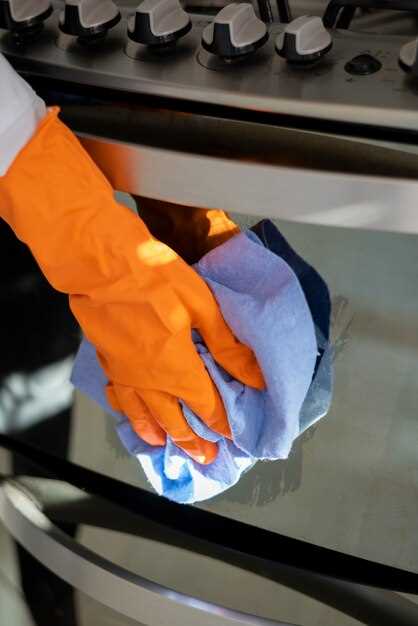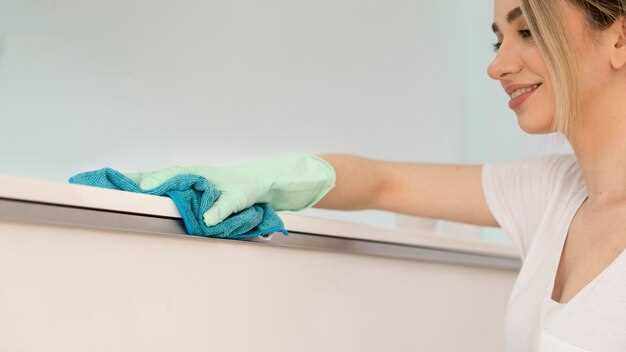
Acrylic plate covers are popular in various applications due to their lightweight, durable, and transparent properties. However, maintaining their clarity and integrity requires careful cleaning methods. Improper cleaning techniques can lead to scratches, haze, or damage, compromising their aesthetic appeal and functionality.
In this article, we will explore safe and effective cleaning methods specifically designed for acrylic plate covers. Understanding the right tools and materials is crucial to ensure a spotless finish without jeopardizing the surface. We’ll also discuss common misconceptions that may lead to damaging effects, helping you to preserve the beauty and longevity of your acrylic surfaces.
By following these guidelines, you can achieve a sparkling clean result while safeguarding your acrylic covers from wear and tear. Whether you are a homeowner, a business owner, or simply someone responsible for maintaining these surfaces, adopting the right cleaning techniques is essential for optimal upkeep.
Choosing the Right Cleaning Solutions for Acrylic
Selecting the appropriate cleaning solutions for acrylic is crucial to maintaining its clarity and longevity. Acrylic is sensitive to harsh chemicals, which can cause damage or clouding. It’s essential to avoid ammonia-based cleaners, as they can degrade the material over time.
For routine cleaning, warm water mixed with a mild dish soap is a safe and effective choice. This solution can effectively remove dust, fingerprints, and smudges without harming the acrylic surface. Use a soft microfiber cloth to gently wipe the surface, as abrasive materials can scratch the acrylic.
For tougher stains or residues, consider using a specially formulated acrylic cleaner. These cleaners are designed to provide a safe and effective cleaning experience without negatively impacting the surface. Ensure to follow the manufacturer’s instructions for the best results.
Avoid using general-purpose solvents like alcohol or acetone, as they can cause crazing or discoloration. Always conduct a patch test if trying a new cleaning product, applying it on a small, inconspicuous area first to check for any adverse reactions.
In summary, stick to mild, acrylic-safe products for cleaning. Regular maintenance with proper solutions will help preserve the appearance of acrylic plate covers and ensure their longevity.
Techniques for Preventing Scratches During Cleaning

Cleaning acrylic plate covers requires careful techniques to avoid scratches that can damage the surface. Here are some effective strategies to ensure that your cleaning process is safe and scratch-free:
- Use Soft Cloths: Choose microfiber or lint-free cloths for wiping the surface. These materials are gentle and reduce the risk of abrasion.
- Choose the Right Cleaning Solution: Opt for pH-balanced cleaners specifically designed for acrylic. Avoid ammonia-based products which can cause dullness and scratches.
- Dust Before Wet Cleaning: Always dust the surface with a dry cloth or a soft brush before applying any liquid cleaner. This step removes loose debris that could cause scratches during the cleaning process.
- Clean in Straight Lines: When wiping the acrylic surface, use straight strokes rather than circular motions. This minimizes the chances of swirl marks and promotes a uniform finish.
- Use Minimal Pressure: Apply light pressure while cleaning. Excessive force can lead to scratches. Allow the cleaning solution to do the work instead.
By implementing these techniques, you can maintain the clarity and integrity of your acrylic plate covers while ensuring a thorough clean.
Tips for Maintaining Clarity and Shine of Acrylic Covers

To keep your acrylic covers looking clear and shiny, it is essential to follow specific maintenance practices. Regular cleaning is crucial, but the methods you choose can significantly impact the material’s appearance and durability.
1. Use the Right Cleaning Solutions: Avoid harsh chemicals and ammonia-based cleaners, as they can cause cloudiness or damage the surface. Instead, opt for a gentle soap solution or a dedicated acrylic cleaner. Always test any new product on a small area first.
2. Employ Soft Cleaning Tools: Use microfiber cloths or soft sponges for cleaning. Avoid paper towels or rough fabrics, as they can create scratches. Gently wipe the surface in a circular motion to lift dirt without causing abrasion.
3. Rinse Thoroughly: After applying a cleaner, make sure to rinse the acrylic with clean water to remove any residue. Any leftover product can lead to dullness over time.
4. Dry Properly: Always dry your acrylic covers using a clean microfiber cloth. This helps prevent water spots and removes any lingering dust particles that may contribute to clouding.
5. Protect from Scratches: When placing items on or near acrylic surfaces, ensure they are free from sharp edges. Consider adding protective pads or coasters to prevent scratches from occurring during regular use.
6. Store Correctly: If your acrylic covers are removable, store them in a cool, dry place, away from direct sunlight. Prolonged exposure to UV light can cause yellowing and decrease clarity.
7. Assess Regularly: Schedule periodic checks on your acrylic covers for signs of scratches or haze. Early detection allows for timely treatment and can often restore clarity with appropriate care.
By implementing these tips, you can maintain the clarity and shine of your acrylic covers, ensuring they look great for years to come.
